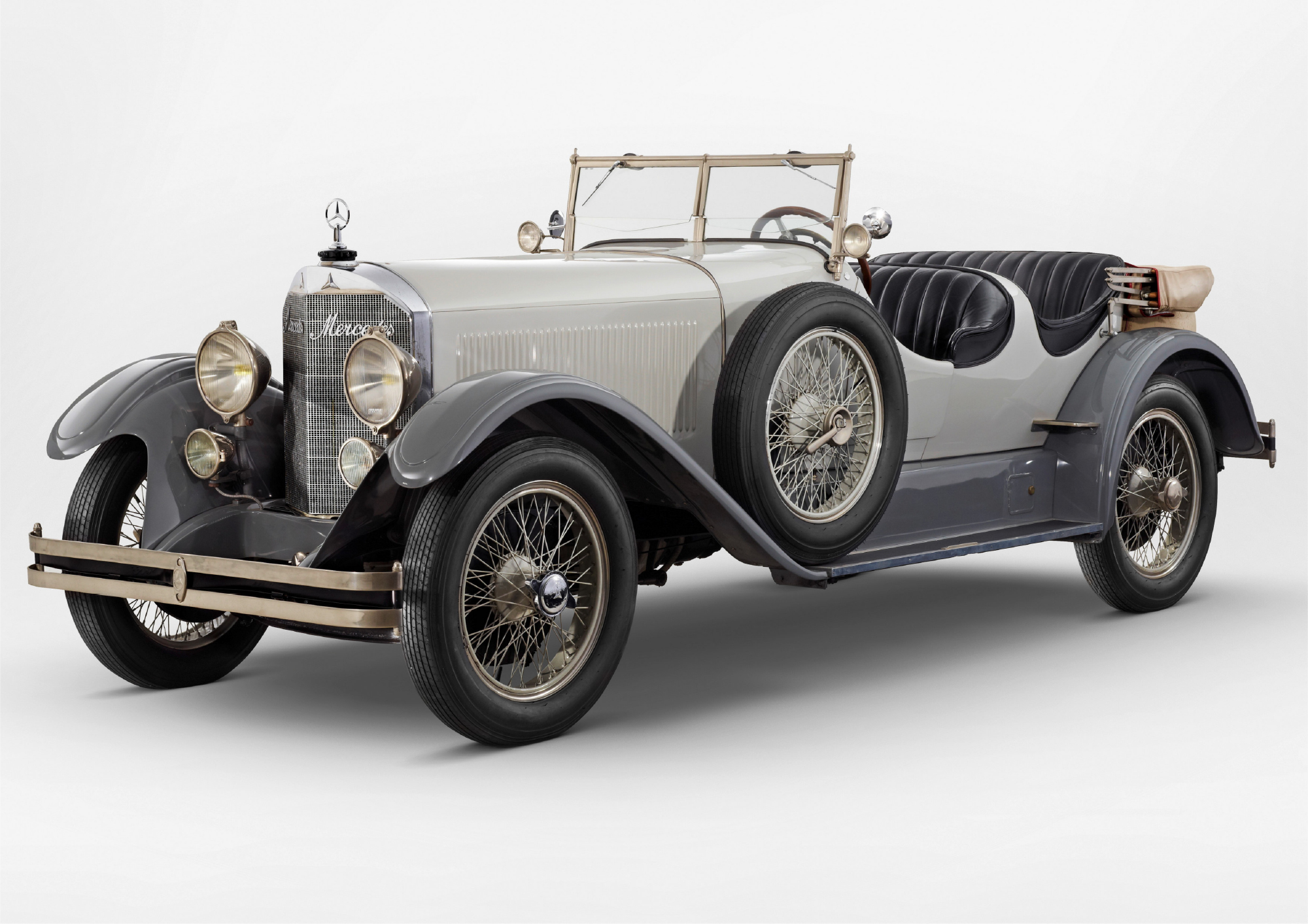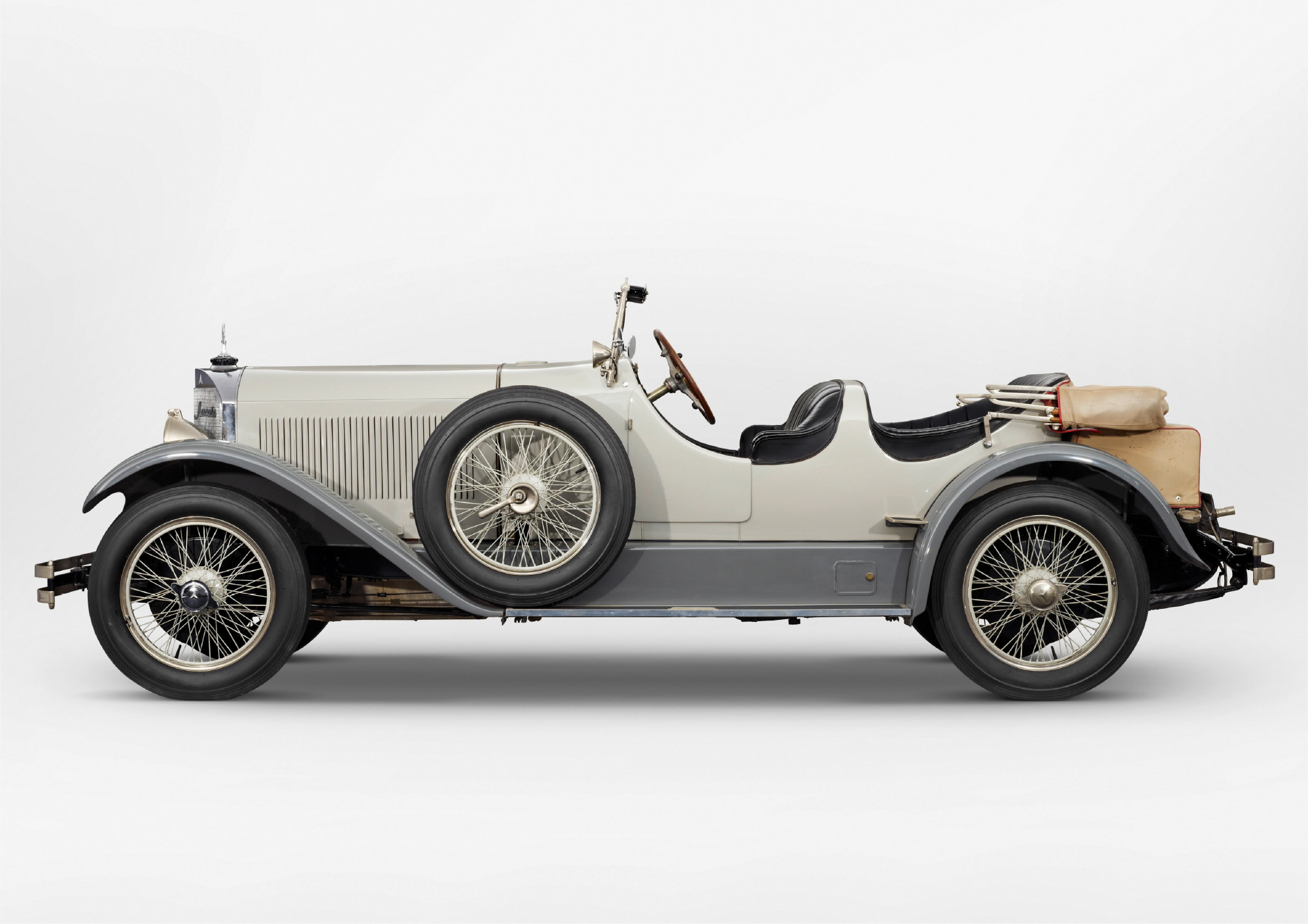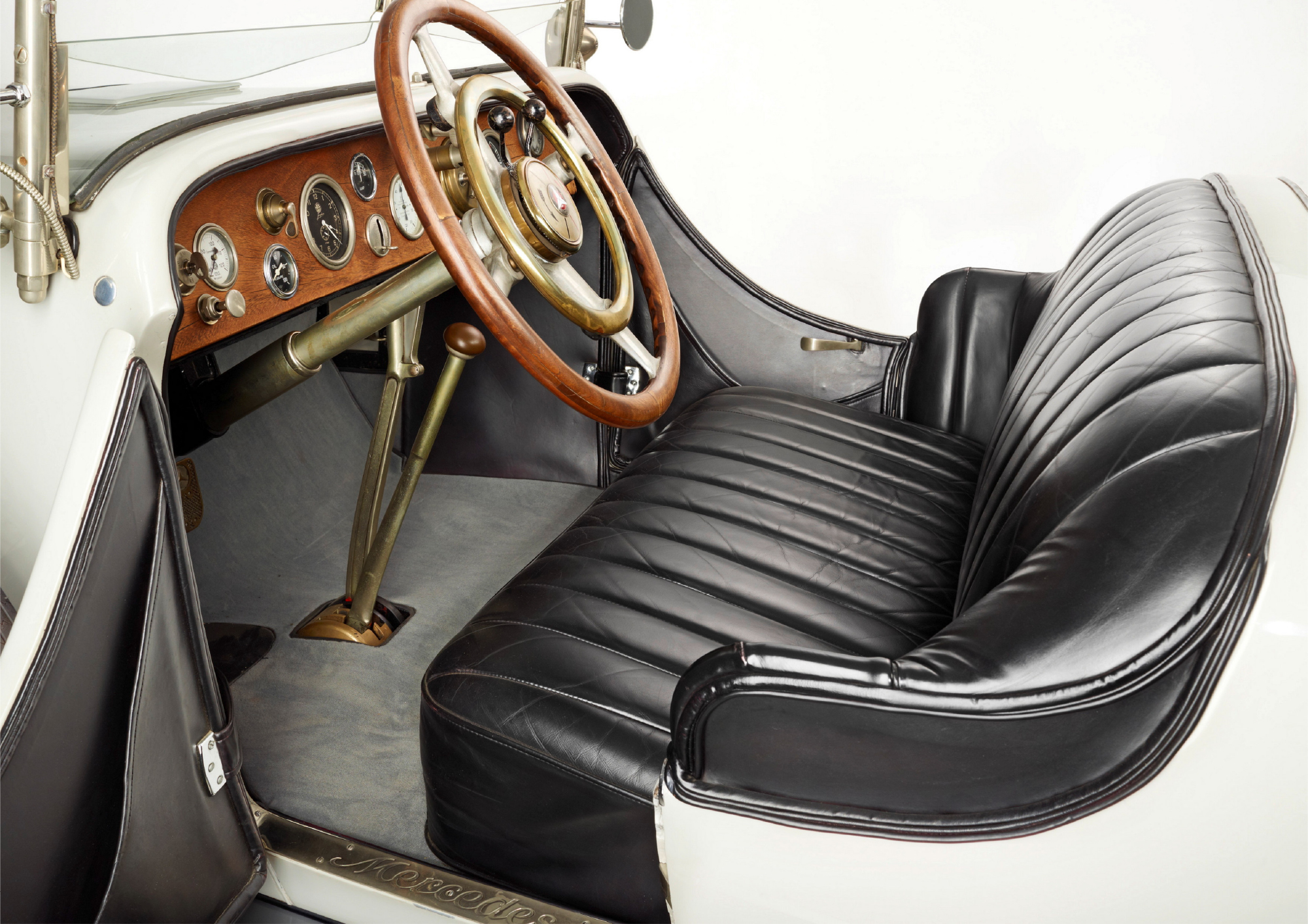The Mercedes-Benz 630 K was a luxury car produced by the German automaker Mercedes-Benz from 1926 to 1930. It was part of the company’s Type 630 and Type 636 model lines, which were some of the most prestigious and expensive cars produced by Mercedes-Benz during the 1920s. The 630 K was the top-of-the-line model in the series and it was known for its powerful engine, advanced technology, and luxurious features. At the end of World War I, both Daimler and Benz returned to producing cars. However, trading conditions in the early 1920s were extremely difficult: the war had left Germany’s economy in tatters and there was rampant inflation. Of the 86 German car factories that were in operation in 1924, only 19 still existed three years later. In order to survive, the former rivals are forced to form partnerships.
The Mercedes-Benz 630 K was a luxury car produced by the German automaker Mercedes-Benz from 1926 to 1930. It was part of the company’s Type 630 and Type 636 model lines, which were some of the most prestigious and expensive cars produced by Mercedes-Benz during the 1920s. The 630 K was the top-of-the-line model in the series and it was known for its powerful engine, advanced technology, and luxurious features. At the end of World War I, both Daimler and Benz returned to producing cars. However, trading conditions in the early 1920s were extremely difficult: the war had left Germany’s economy in tatters and there was rampant inflation. Of the 86 German car factories that were in operation in 1924, only 19 still existed three years later. In order to survive, the former rivals are forced to form partnerships.
When he arrived at the beginning of 1923, the new head of development at Daimler, Ferdinand Porsche, dealt with the further development of the four- and eight-cylinder racing cars designed by Paul Daimler and the six-cylinder compressor series models. These debuted at the Berlin Motor Show in 1924. After the merger of Daimler and Benz in 1926, these were renamed the 400 and 630 types. In the same year, a ‘K’ (short) version with a reduced wheelbase was available for the first time. Displacing 6.3 litres, the 630K’s 6-cylinder, single overhead cam engine produced a mighty 140hp with the Roots supercharger on (pressing the accelerator pedal to the floor activates it).
The 630 K was powered by a 6.3-liter inline six-cylinder engine that produced 80 horsepower. This engine was paired with a four-speed manual transmission, which provided smooth and responsive shifts. The car had a top speed of around 75 mph and could accelerate from 0 to 60 mph in around 20 seconds. In this specification, the 630K was the fastest production touring car in the world at the time, with a top speed of over 145 km/h. One of the most notable features of the 630 K was its advanced suspension system. The car featured a semi-elliptic leaf spring suspension that provided a smooth and comfortable ride. The suspension also had a hydraulic shock absorber system that reduced vibrations and improved handling.
The interior of the 630 K was extremely luxurious, with high-quality leather seats, wood trim, and advanced technology such as an electric starter, electric headlights, and a state-of-the-art audio system. The car also featured a wide range of safety features, including drum brakes, and a four-wheel mechanical brakes.
The 630 K was a popular car among the wealthy and powerful, and it was often seen at high-end events and on the streets of major cities around the world. Despite its high price tag, the car was known for its reliability and longevity, and many examples are still on the road today. It’s worth mentioning that even though the 630 K was a luxury car, it was not as refined as the models that Mercedes-Benz produced in later years. The 630 K was a car of its time, it was built for a different era, with different needs and expectations. It was an impressive machine, but it didn’t have the same level of comfort and luxury as the cars of the future.
Overall, the Mercedes-Benz 630 K was a luxurious, powerful, and advanced car that represented the pinnacle of Mercedes-Benz engineering and technology in the 1920s. With its impressive performance and advanced technology, it was a true flagship model that set the standard for luxury cars of its time. Affordable only to the wealthiest motorists, the 630K was produced in strictly limited numbers. Only 150 vehicles were completed between 1926 and May 1929. In Germany these were supplied to coachbuilders such as Erdmann & Rossi, Reuter, Papler, Zschau and Balzer, while a few others were fitted with ‘works’ bodies by Sindelfingen, as is the vehicle on display.



